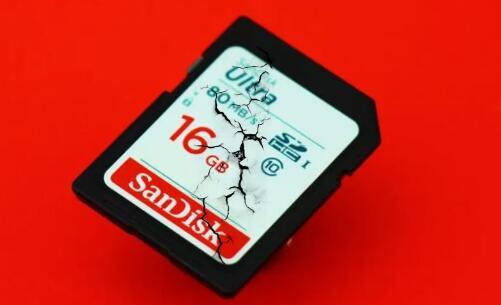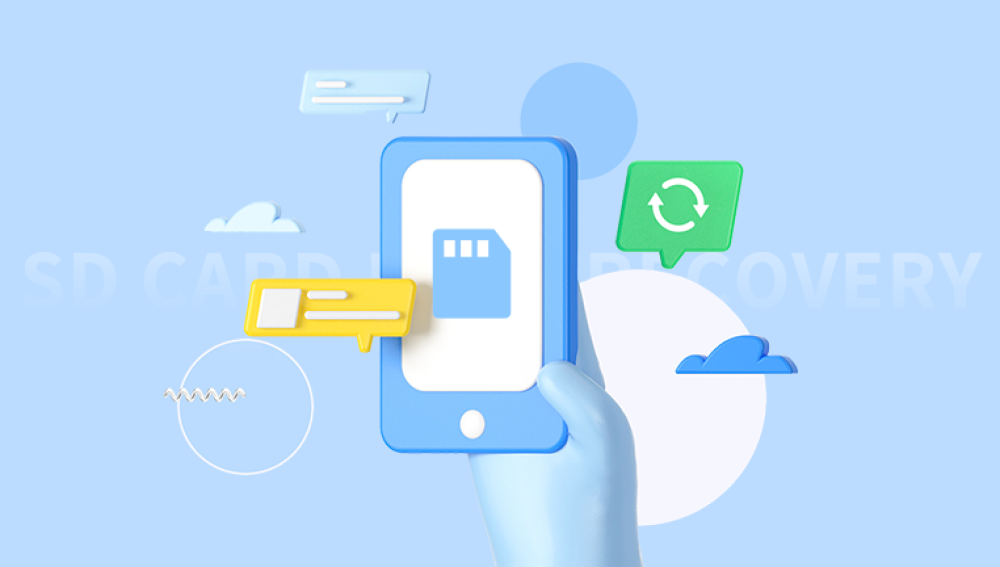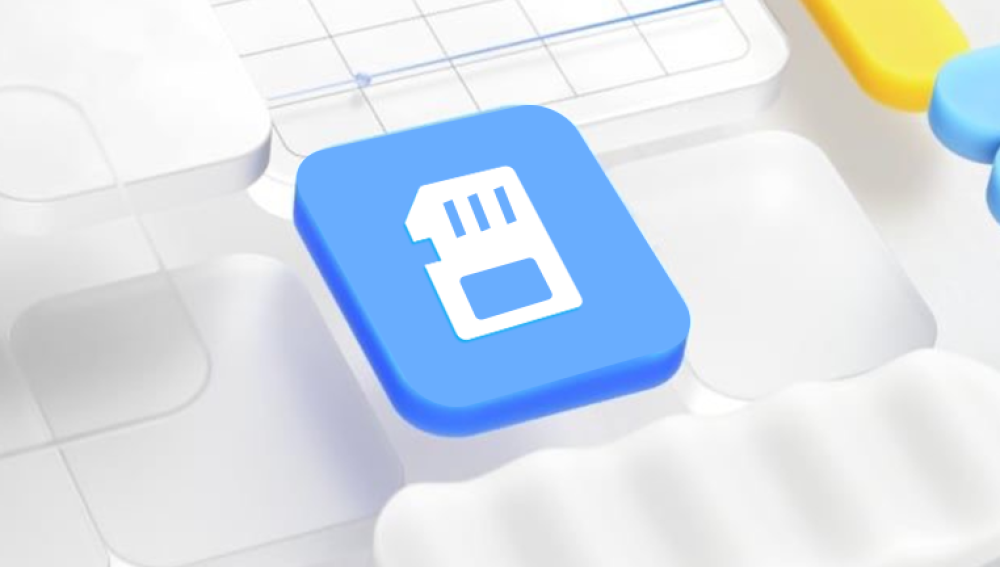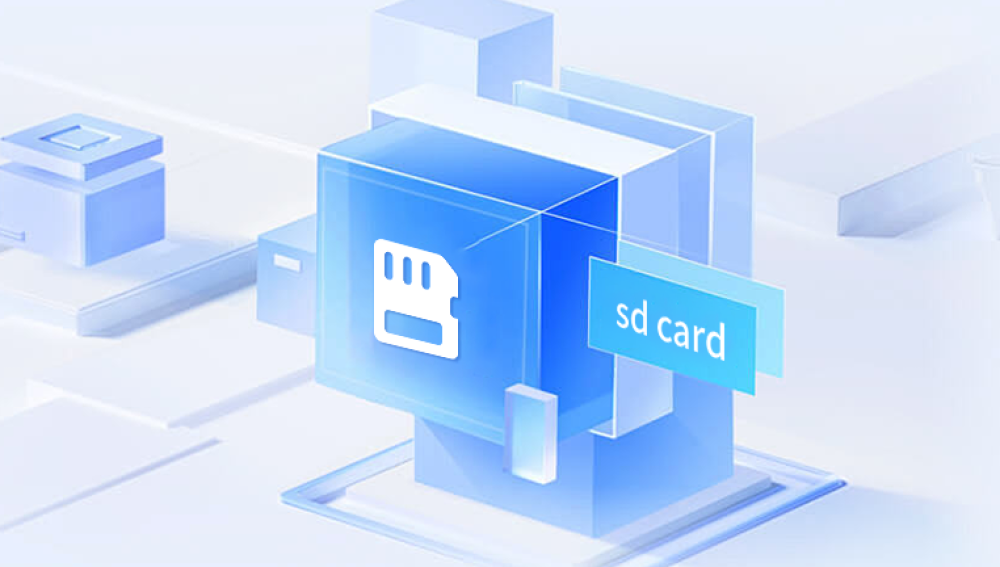SD cards are widely used in various devices like cameras, smartphones, tablets, and laptops for storage purposes. However, like any other storage medium, SD cards can get corrupted, leading to the loss of access to the data stored on them. This guide will walk you through the process of diagnosing and fixing a corrupted SD card.
Symptoms of a Corrupted SD Card
Before jumping into the fixes, it’s essential to recognize the signs of a corrupted SD card:
The device does not recognize the SD card.
Error messages such as "SD card is not formatted" or "SD card is corrupted."
Files are missing or inaccessible.

The card cannot be read by multiple devices.
The card shows as empty, but data is known to be present.
Step-by-Step Guide to Fixing a Corrupted SD Card
Step 1: Preliminary Checks
Check the Card Reader and Connection: Ensure that the card reader or the device you are using to read the SD card is functioning correctly. Sometimes, the issue may not be with the SD card itself but with the card reader or connection.
Try a Different Device: Insert the SD card into another device to see if it is recognized. This will help determine if the problem lies with the SD card or the original device.
Inspect the Card for Physical Damage: Look for any visible signs of damage on the SD card. Physical damage may require professional data recovery services.
Step 2: Basic Fixes
Clean the SD Card and Slot: Dust and debris can cause connection issues. Gently clean the SD card and the card slot using a soft cloth.
Reboot the Device: Sometimes, simply rebooting the device can resolve the issue.
Step 3: Using Disk Management Tools
Windows Disk Management:
Insert the SD card into your computer.
Right-click on This PC or My Computer and select Manage.
Go to Disk Management.
Look for the SD card in the list of drives. If it shows up, check its status.
Assign a Drive Letter:
Sometimes, the SD card may not have a drive letter assigned.
Right-click on the SD card in Disk Management.
Select Change Drive Letter and Paths.
Assign a new drive letter.
Format the SD Card:
If the SD card is recognized but inaccessible, formatting may be necessary.
Right-click on the SD card and select Format.
Choose the file system (usually FAT32 for SD cards).
Note: Formatting will erase all data on the card. Use data recovery software beforehand if necessary.
Step 4: Using Command Prompt
CHKDSK Command:
Insert the SD card into your computer.
Open Command Prompt as an administrator.
Type chkdsk X: /f (replace X with the drive letter of the SD card) and press Enter.
This command checks the file system and fixes errors.
DiskPart Command:
Open Command Prompt as an administrator.
Type diskpart and press Enter.
Type list disk and press Enter.
Identify your SD card from the list.
Type select disk X (replace X with the number of your SD card) and press Enter.
Type clean to remove all partitions and data from the SD card.
Type create partition primary to create a new partition.
Type format fs=fat32 quick to format the card.
Step 5: Advanced Fixes
Linux Utilities:
Linux systems offer robust tools for repairing file systems.
Insert the SD card into a Linux machine.
Use commands like fsck to check and repair the file system.
Hex Editor:
A hex editor can be used to manually inspect and repair the file system.
This is an advanced method and should be used with caution.
Step 6: Professional Data Recovery Services
If all else fails, consider contacting a professional data recovery service. These services can be expensive but are often the best option for retrieving critical data from severely damaged SD cards.
Preventive Measures
To avoid future corruption of SD cards, consider the following tips:
Proper Ejection: Always safely eject the SD card before removing it from a device.
Regular Backups: Regularly back up the data on your SD card to another storage medium.
Avoid Physical Damage: Handle SD cards with care to avoid physical damage.
Keep Firmware Updated: Ensure that the firmware of your devices is up-to-date.
Use Quality SD Cards: Invest in high-quality SD cards from reputable manufacturers.
Fixing a corrupted SD card can be a straightforward process if you follow the steps outlined in this guide. From basic checks and disk management tools to advanced fixes and professional services, there are multiple approaches to recovering your data. Regular maintenance and careful handling can prevent future issues, ensuring that your data remains safe and accessible.




